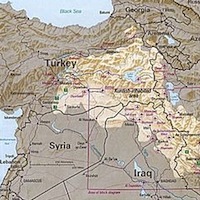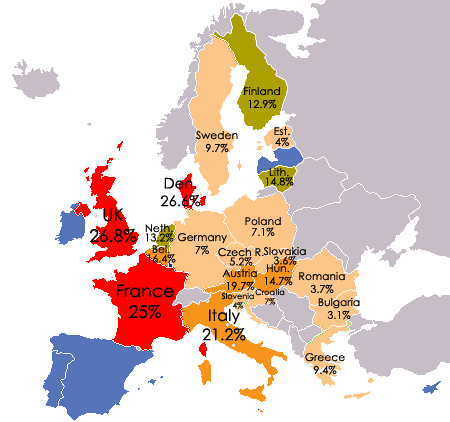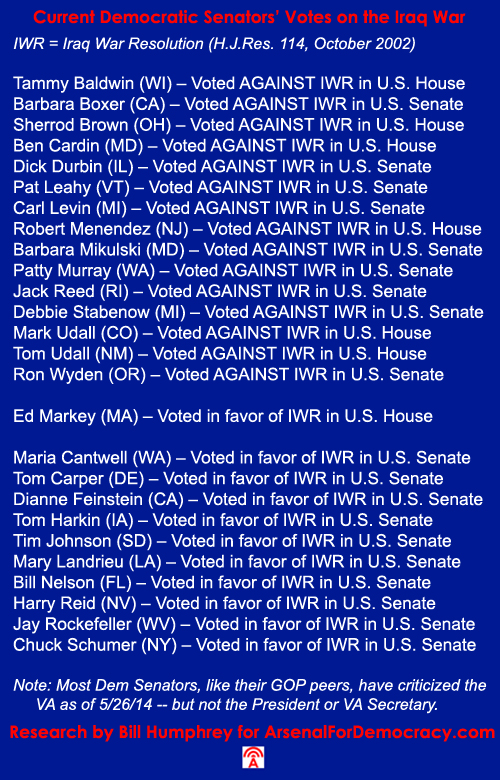Mosul is back in the news after its capture by ISIS militias, which triggered the current crisis in Iraq. This isn’t the first time the northern city’s fall has been a tipping point for regional disruptions. Mosul and the area around it have very long and rich histories. Here are eleven facts about that:
1. Mosul is located on the west bank of the Tigris River across from the famous Biblical-era former city of Nineveh, the capital of the mighty Neo-Assyrian Empire until its collapse (7th century BCE). In the story from the Book of Jonah (and the Quran), the titular figure is swallowed by a great sea beast while trying to avoid going to Nineveh to preach to the people. The city is featured through much of the religious literature of the whole region, due to its early and ongoing political and economic importance in the Middle East. The area around Mosul is still called the Nineveh Province to this day.
2. Mosul is the center of Iraq’s Assyrian Christian community, a diverse set of old school (2nd century CE) Middle Eastern Christian sects in the Assyrian/Syriac/Chaldean ethnicity, who still speak and read Aramaic like back in the days of Jesus & Friends. Unfortunately, most of Iraq’s Assyrians have fled the city and country since 2003.
3. Mosul is the center and originator of the production of “Muslin” fabric, a thin type of cotton cloth used even to present day for theatrical productions but once the height of fashion in Europe (and later the United States) during parts of the 18th and 19th centuries.
4. Mosul was established to replace Nineveh as the major northern crossing point of the crucial Tigris River, when the older city fell to various forces. Mosul was captured from the First Persian Empire by Alexander the Great in the 4th Century BCE and then was transferred to the Greek-run “Seleucid Empire” (one of those empires that never gets much love in the textbooks) when the Alexandrian Empire was divided between Greek and Macedonian military officers. Later it fell to the Parthians (then the Sassanids) during the Roman-Persian wars over the Middle East and Asia Minor.
5. Mosul became the regional capital of what is now Iraq under the Umayyad Muslim dynasty even as it remained a major — even rising — Christian city. It also maintained a significant Jewish population well into and past the era of the Crusades.
6. Under the Abbasid Muslim dynasty, Mosul became a major economic hub on the Silk Road. From that point forward, Mosul continued to develop incredibly advanced techniques in the arts and fine goods production. Beyond the Muslin weaving, Mosul also became famous for its fine metalwork and painting styles.
7. After being the site of many power plays by competing Arab, Turkic, and Persian factions, the city was transferred without destruction to a grandson of Genghis Khan, under one of the Mongol sub-empires. Christians, including those in Mosul, came to play an important role in the Mongol courts in that part of the Mongol-ruled world. Mosul continued to be a highly contested junction point because of its strategic value and ultimately was sacked as a result, though it was rebuilt.












